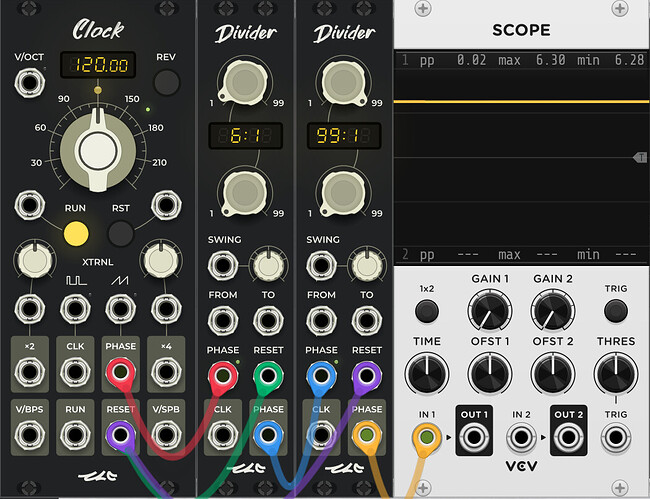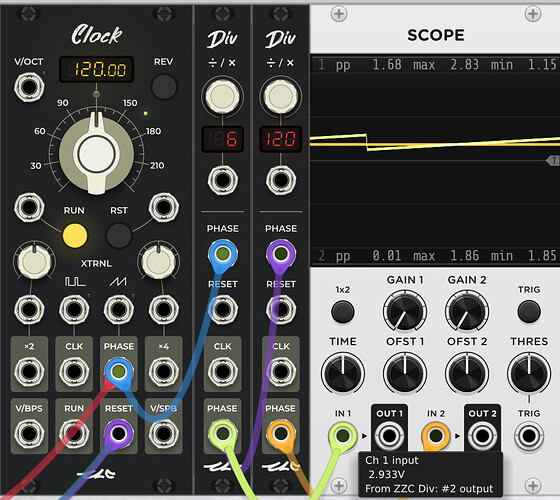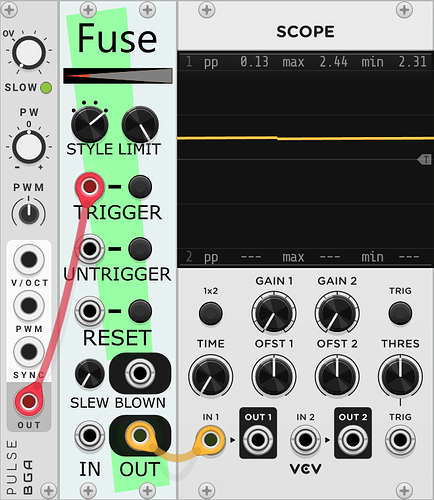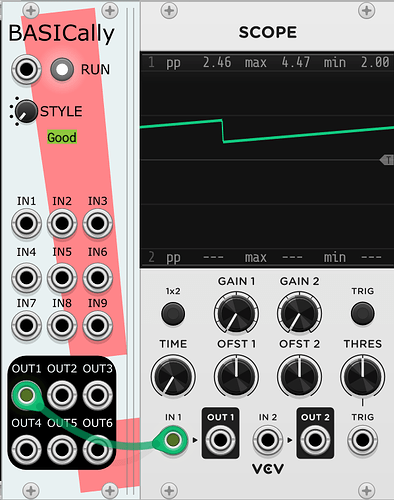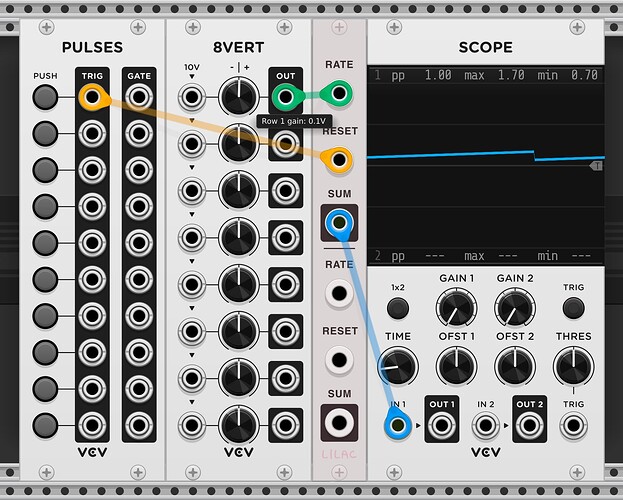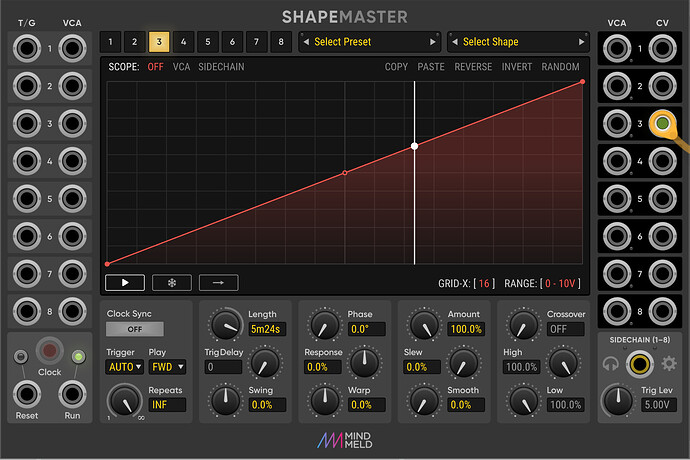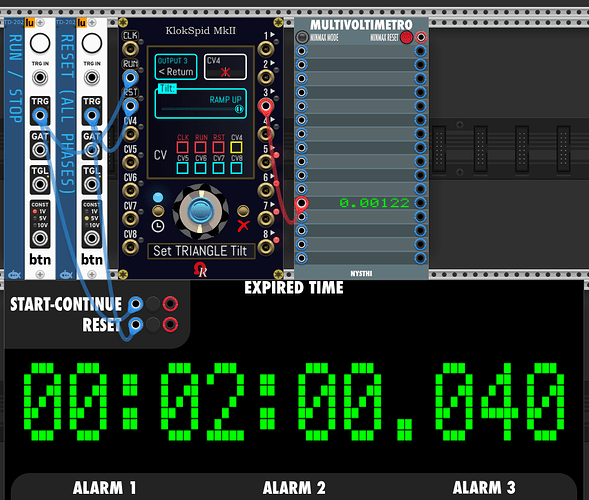My future (free) clocking module, KlokSpid MkII, may does the job.
In development, partially operational, beta coming soon, it supports “extremely slow” LFO feature (either ramp/sawtooth for your usage, but also sines, pulses/gates, planned/working-on wavetables support + many stuff in progress)…
At the moment, KlokSpid MkII works perfectly by using basic waveforms (pulse, triangle, sine, and sample & hold), related parameters (morph), voltage amplitudes/offsets, phase shifts, all can be modulated by CV if you need this!
In this example, as master (standalone) clock generator, BPM is set to 1 (minimum possible BPM):
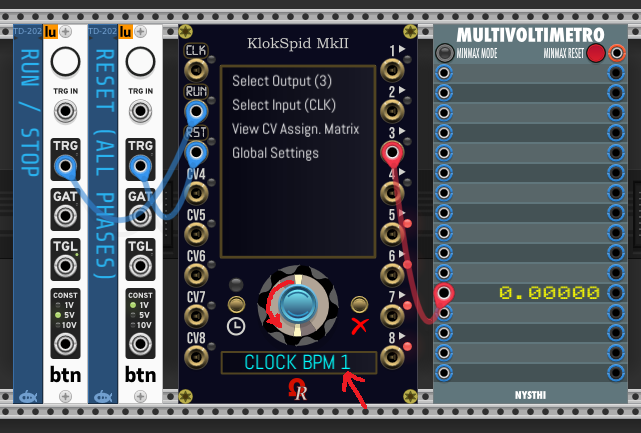
Modifier ratio (for output 3, here), is set to /16384 (it’s the highest possible divider - inspired from existing hardware).
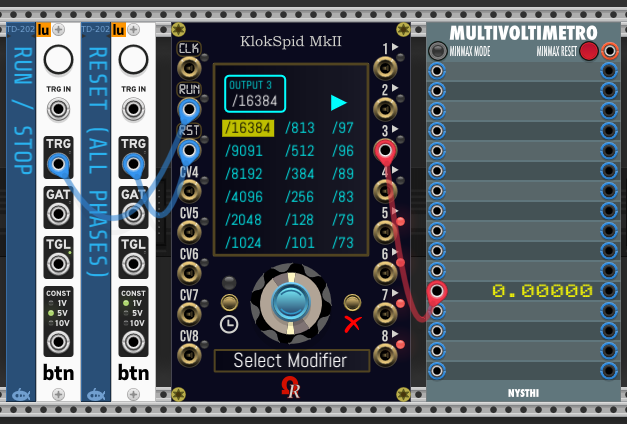
Selected waveform is TRIANGLE - yep, ramp/sawtooth - either up and down - are particular forms of triangle: right triangles (US), or right-angled triangles (UK).

…triangle ‘morph’ (it’s Tilt, for triangle) is set as RAMP UP (triangle Tilt parameter, set by slider at right position, moves “left-right” the top vertex along the output-phase). Here’s set as ramp up:
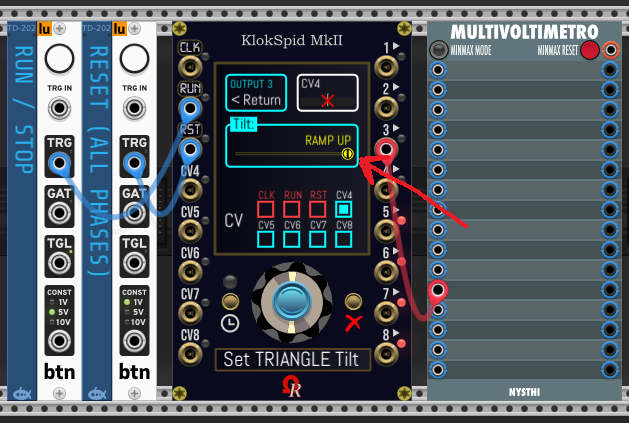
One complete cycle (phase, or beat) duration is just insane: 60 s / 1 BPM * 16834 = 983,040 seconds = 11 days, 9 hours, 4 minutes, the slowest possible by using single instance of KlokSpid MkII module!
By using the set-up described above, after two minutes run (initial output voltage was 0V, voltage parameters as factory default: 10V amplitude, V-Offset = 0V, amplitude above v-offset). After 2 min 00.040s run, voltage is… 0.00122V. The road to reach 10V is so long! (too long for my patience) 
Of course, this was an extreme case, not reasonable (seriously, who are running VCV Rack non-stop, during consecutive days?). Obviously, can be reduced to hours, minutes, seconds… just by tuning the main BPM and/or the clock ratio applied on output.
They’re existing ton of ways (by using different modules, many of them are excellent) to do that you want!

